Karma Paljor is currently the co-founder and Editor-in-chief of East Mojo. After starting his career as a reporter with Times of India, he went on to work as a reporter with CNBC. Thereafter he did investigative reporting with CNN News 18 and worked as a host on various shows. For his outstanding reporting, he has been twice awarded the prestigious Ramnath Goenka Excellence in Journalism Awards. He won the Chevening Scholarship for Broadcast journalism in 2004. In this insightful conversation with Snehal Mutha, he talks about the future of journalism, North East inclusivity and mainstream media perception about North East India.
What inspired you to start the East Mojo digital portal?
I had a fulfilling career as a host and reporter for various media networks such as CNBC, CNN News 18. I received Chevening Scholarship for Broadcast journalism in the United Kingdom. During my scholarship interview, I said, 'at some point in my career, I would like to go back from where I come- North East (NE). Tell the stories from the North East for the entire country and world.' Secondly, the region lacks a credible media platform, which is unbiased. I felt there is a tremendous need for it. Occasionally, when I spoke at different forums to engage with students, one question was always asked- Why national media never reports about North East. My only answer was we have to tell our stories. People won't come to tell our story, we have to do it. These thoughts inspired me to start East Mojo. East Mojo is a platform to tell stories of North-East states like no other; we have reporters and great contributors from different states within the northeast. So, we will tell our own story to the world to see, read and experience.
East Mojo's USP is citizen journalism, for which you have been training reporters. Why do you think it is the future of journalism?
Everybody owns a mobile phone, this eventually makes them reporters. They may not have journalistic skills or ethics to practice journalism, but they can certainly report. Within the next 2 to 3 years, I would like to train people in citizen journalism as much as possible. The school children, college students, and young panchayat members will be the main focus. The trained citizen journalist can report about happenings in their vicinity prudently. Let say there is a water shortage then they can cover the water shortage issue on the ground. If there is a delay in working of the health care system, it should be addressed. Citizen journalism is good, creates awareness among people. Precisely meets with the cause of East Mojo. We have few citizen journalists across NE states. Everyone should be ready to tell their story. Currently, we have achieved only 5% of what we had set out to achieve.
East Mojo's basic idea is to represent the remotest part of the North East, while doing so what are the challenges faced?
NE is geographically a vast region. It is not as huge as south India or west India, but it is geographically significant. It has the massive Himalayas, Chinese border in the north, Myanmar border on the east, Bangladesh border in the south-west, Nepal in the west, and Bhutan in the north-west. The land is blessed with rivers, but the curse is the floods due to which road & bridges get washed away. Henceforth there is a challenge of infrastructure, a challenge of internet connectivity. There are bottlenecks, takes a lot of time for stories to come in from these remotest districts. For example, Arunachal Pradesh- Is remotely located and has poor access to infrastructure. To report stories from there is challenging. Going forward these challenges will continue to exist, sustaining is the only way to overcome these challenges for now.
Everyday now and then new news web portals are launched, in such a scenario how do you handle growing competition, sustaining the web portals?
Right now, running a digital media platform is difficult because ad revenues which come in are not sustainable at all, they are minuscule. The Indian ad market for digital media will improve in the next two years till then we have to survive. Initially, we are supported by our investors, friends, and family. Now we are supported by the Independent Spirited Media Foundation (IPSMF). To fill the economic void have to look for more grants. Probably, sustainability will thrive. For the next few months, emphasis will be on readership revenue. It doesn’t mean we will go behind the paywall. North East Market is still in the growing phase, going behind a paywall will not be effective. Although, I feel that the future of Independent journalism will have to be supported by its readers. The moment loyal readers are ready to pay, functioning will become simpler. For the moment, we'll continue to look for investments, grants, and advertisement-based revenue.
What change can be brought in the way of journalism, to cover the remotest geographical area?
Considering reporting from a remote location, the best thing is to have a trustworthy and reliable source on the field. It can be anybody- a journalist or citizen journalist. Trust is necessary as there are possibilities that a person providing information from the ground could be affiliated to a particular political party or have a vested interest. Even the politicians know how to use the system to their advantage, especially social media. For instance, if you are reporting on corruption from a remote border village, where panchayat might be at fault, there are chances that the reporter might be close to the perpetrators and wanting to protect them. Having credible sources on the ground is one thing. The second is sending a reporter from your headquarters or district headquarters. To do so, it takes a lot of time to travel to the location. There is no absolute solution, the only way you can have is a proper system in place. Have editorial checks and balances in order. Having a solid source in such parts is crucial.
Citizen journalist role minimizes here?
Citizen Journalism cannot be applied ubiquitously. It is not an answer for everything. I cannot expect a citizen journalist to do an investigative report. There are limitations. If there is a landslide, fire, or car accident, I can count on citizen journalists to do the story. The report on corruption in an infrastructure project at a remote place or a town by citizen journalists cannot be trusted unless there is evidence in the form of documents. Citizen journalism is not enough, credible trained journalists are a prerequisite to cover such complex pieces.
How does an editorial team work out, especially when there is so much information bombardment?
Editorial team plays a vital role in filtering news, checking facts. The system includes two to three layers of scrutiny of reports from the ground. The stringer’s story or any news items from remote locations are verified by the respective bureau chief who knows their state well. After verification, the story is moved forward. Although most of our bureau chiefs are very good, the story is run through an executive editor or managing editor. If needed, they again do their set of checks and balances by making few calls and understanding the facts. However, if still, they have doubts about a particular story then it comes to me. Subsequently, it is decided whether to publish the story or not.
Have any of your reports shaken up people sitting in power and pressured to take action?
Many stories have caught the attention of the government, the community at large, and the rest of India. I would especially like to mention the story of Nagaon, a tribal village in Assam. The villagers were struggling as their lands were pilfered for a solar power project. We covered protests happening on the ground. The story impacted largely. As a side effect, we received a couple of legal notices from the multinational power company. The company was gloomy with the way we were reporting. Since our facts were straight, we went ahead with the story. It has created an impact. Similarly, the Dehing Patkai report also produced an impact. It is a natural reserve, one of the last of the rain forest in Northeast India. When there was an attempt to restart the coal mines around the reserves, we took the issue, made a documentary. Other publications were also reporting. Owing to native's protests and relentless reporting, the area was declared a national park. Our focus has primarily been around people, the tribes, the lesser-known tribes, and their way of life. Several tribes from Arunachal and Sikkim are fighting against the hydroelectric projects. They believe these projects if built, will affect their way of life adversely. From local traditional newspapers, we managed to carry their voice much further, by doing so, the impact is greater.
Government is one part of it, how has it impacted people in North-East?
I told you about the geography of the North East, we are eight states, each having a unique identity. It is fascinating that all states are unaware of what is happening in the other state, but there is shared kinship. Despite being far, the North-eastern states are very tight regions; people like to feel close to each other. Assam- Mizoram border conflict was all over the place. There was a tussle at the border, five policemen were killed. These border issues between states are undeniable. Even Assam and Arunachal have border issues. There are other internal problems, problems between different tribes. However, whenever faced with aggression from outside with racial abuse or any external issue all states stand united. East Mojo is making stories that would not be seen otherwise. For example- A story about an Assamese forester doing a wonderful job in conserving the forest. People in Arunachal Pradesh loved the story, the response was overwhelming. We are doing stories of young entrepreneurs who are making a difference in their own states. People are getting connected. That kind of impact we are making on people. The story of a farmer growing Kiwi in Arunachal Pradesh when read by somebody from Meghalaya, they connect online. They say, "Oh, I read your story. Could you help me? I also want to grow Kiwi". These kinds of incidents are occurring in the background, sometimes without each of us knowing. East Mojo is trying to cultivate such powerful connections.
The rest of India has a romanticised picture of the seven sisters. However, when we look into Assam- Mizoram conflicts narrative changes. What can be done to overcome it?
You are absolutely right. The complexities in North East are at par. The moment, rest of India thinks about the North East, they have their own romanticized version. The credit goes to Bollywood and social media. One deems of all the lumpy Hills, the mountains, people dancing, and tribes. The picture painted is in a way is good as well as bad. Earlier, the NE was known as a territory of insurgency. People did not want to travel to NE. The point is there are two very extreme sides of the North East, one is romanticized and lovely, and the other is still armed militant groups. There is sub-nationalism; people are fighting for their own state, region. However, the current narrative is slowly changing. To overcome that, NE people are already making efforts. The natives are gradually accepting that to have a quality life moving with the nation is necessary. There are many other issues, Nagaland peace process is still on. It has been on for a long time, we hope the issue resolves soon. For now, in Nagaland, there's been a ceasefire, between the National Socialist Council of Nagaland (NSCN), the NSCN (I-M) faction, and the government of India.
From the overcoming point of view, the Northeast youth travel to Delhi, Mumbai, and Bangalore to study. They've seen a good life, city life. They've seen successful people, brands & cars. So there is an aspiration to do well in life to be successful, to travel abroad. The aspirations are giving them new perspectives towards life. The mixture of everything is slowly bringing NE to a new, better position. The government is also continuously hinting about how NE can be the gateway to Southeast Asia. NE is poised to be the next big growth story for the rest of India, but it has to be nurtured with care. A responsible and responsive government at the centre is needed to be able to curate, cultivate, help, and at the same time maintain a certain distance. Policies are required that do not hurt people’s sentiments or dignity.NE is a largely tribal society, if you hurt the dignity of tribal society, then things can go south very fast. It is only a matter of time that 7 sisters and 1 brother Sikkim will become India's next growth centre.
How mainstream media perceive North East India, do you think it is problematic?
The fascination of the Northeast from the mainstream media has been changing. I'll start with the latest narratives. The latest one is how Northeast India is the powerhouse of sports. The number of Olympic medals won by athletes from NE has again grabbed the attention. For mainstream media today, NE is a sports powerhouse, home to Mary Com, Mirabai Chanu, and Lovlina Borgohain. Hockey stars coming from Mizoram. Overall, mainstream media perception of NE has always been of home to militancy and political strife. The perception is the same, but with sports, it is changing, rest I don't know when it will change.
Athletes from the North East have won Olympics medals. Indian citizens are appreciating them. However, for the rest of the year, NE is aloof from the mainstream. What can be done on part of Indian citizens that North East could feel more inclusive?
They should first start by reading EAST MOJO. We have curated a lot of stories; uploaded the history of NE, and many more. As I said earlier, can the mainstream media cover NE better? Yes, they can cover NE better. As a journalist, I believe that journalists should focus on negative stories. We should do stories if the roads are bad, no connectivity, and zero internet.
The mainstream media did a story positive on students climbing up a mountain every day, walking 2-3 kilometres up to a certain point to receive internet connectivity to study. A hut-type shed was built by the local youth. For me, it is not a positive story. I don't want the children to walk so far. If I am a father of those children, I would be very worried because they're walking up the hill, it's slippery. They might encounter wild animals. Every village in NE has a cell phone point. Some of the villages have been marked on bamboo. You have to walk so far up to the hill, and then there's a 4G point to access the internet on your cell phones. It looks nice and makes an intriguing human interest story. Unfortunately, it is not… it is an infrastructure issue. We need to tell stories that can bring positive change in the lives of people. Lack of Infrastructure is the major issue faced by NE people.
The mainstream media should cast light on stories about people being displaced due to hydropower projects, climate change, problems of farmers, and many more. Farmers in Assam don't have enough cold-storages to store their products. They are unable to supply their products all over India due to a lack of facilities. For example- Avocado sells for about Rs.300- 400 in markets in Delhi which further becomes more expensive in districts such as Pune, Mumbai. The same avocados are being fed to pigs in our village as we cannot transport them to the rest of the country. The same product when imported from Thailand costs cheaper as transport cost is low. NE has the potential to be a horticulture basket for the rest of India. Forget, rest of India, at least for Eastern India, till Calcutta or Orissa, if the infrastructure is provided. NE youths have started making Kiwi. Is it reaching Delhi, Bombay, and Bangalore? The farmers in Arunachal Pradesh are growing coffee. Is that coffee reaching the rest of India? No! It is not reaching. So there are certainly challenges, distribution challenges, and marketing challenges. The list goes on and on.
Up to what extent East Mojo would take an activist stand?
I do not believe in the activist kind of journalism. I have never taken an activist position. However, I will report what is before our eyes. In one such story- Bhutan blocked irrigation water for farmers bordering Assam. We covered the protest, the government of Assam and the foreign affairs ministry of Bhutan were fuming for doing such a report. The Bhutan government stand was- they did not block water flow, canal work was under progress, so the water flow was blocked. The facts had a different take on it. So we continued to carry a story based on facts. We also did a series of reports on the solar Power Project. It is not from the bent of mind of an activist. Gas pipeline explosion caused damages to fragile ecosystems and human life. It was solid ground reports done by reporters on the field. No activist stand was involved in any of the stories, pure journalism.
When you do such kind of story, ever happened someone came barging your door?
Not till now, I have not put on a board saying this is this East Mojo Office... Aaa Bail Mujhe Maar. It is not like in Mumbai where we have Shiv Sena knocking on your door on several occasions. Here, that kind of anger against the press is not seen. Although, we do keep getting reprimanded for our reporting. NSCIM banned us from reporting on any activity, following a couple of stories. Later, about six months, they reversed their decision. We have also received legal notices, but no coming and banging on our doors. But if that happens, our subscriber base will help us.
When you do an investigative story, for example, an organ trafficking documentary. Do you get any threats?
Thankfully, we have not received any threats. As far as a documentary on organ trafficking is concerned, it was not an investigative story. When we heard about this village where villagers are selling their kidneys, it was a big shock. We sent our senior reporter to cover the story. The documentary chronicles the victims who sold their kidneys. We told this story to educate people who see this documentary. Perhaps if we had done an independent investigation, then we would see what the nexus is and where this organ trafficking really goes. I think that would have brought us some attention, but for this particular story, it did not.
Working for a channel and working for a web portal, as an editor how roles are distinctive?
I started first working with times of India that was my first job working under Carol Andrade. She taught me a lot. My role was page making as I was working at Thane supplement. Along with that, I used to go on reporting assignments in Thane. People would speak to my photographer in Marathi. One time was on reporting assignment about some encounter incident. People started narrating an animated story to my photographer. When they spoke to me it was plain. I used to tell them to continue to speak in Marathi I will catch up. I was a principal correspondent with CNBC used to report on civil aviation, foreign affairs, politics, and many more. This gave me an impetuous understanding of television, understand the video-making process, and it made my life very easy. When I joined CNN, News 18, I did mostly investigation, a lot of investigative work. Then I started with a breakfast show- good morning India. There has been a lot of learning over the period of time. From working in a news organization to being an independent boss, the roles have changed drastically. The difference is to be responsible. I have to worry about their salaries, about running an organisation. Well, I have to take care of the cakes, organizing the little parties that you do, making everybody happy. At the same time watch that this place run seamlessly. I feel like an octopus because I have so much on my plate. Although my co-founder understands and makes life easier for me because she's from the finance background
A section of society has a racist perception towards people of the North East. Are you making any effort to sensitize these people?
Yes! Doing stories is the only way for us to sensitize people. However, NE India will continue to be the victim of such racism. Racial attacks have taken lives such as 19 years Nido Tania was lynched on the streets of Delhi. This is because people are ignorant. People are ignorant as North East is not taught in our schools. Apart from the map, you know nothing about the history of the North East. To sensitize people it is important to have a chapter on the North East in all the schools of India. North East has a unique history, nobody knows that Mughals were unable to invade North East India. During Second World War, the Japanese were defeated. We have children who know nothing about the people and they've come out calling us Nepali, chinky Chinese ad many more. So, analyse the root problem, if it is not solved racism in India will continue.
Did you ever faced racism?
Yeah, I have faced but always used it to my advantage. I remember there was a vital meeting between the Indian & Nepalese delegations. Someone from the ministry mistook me for being from the Nepalese delegation. I went and sat for the entire meeting. The press officer on that ministry identified me later and threw me out. Many times I have attended similar meetings of Japanese, Malaysian delegations, and many more. The attitude matters how you take racism and how will you beat it. However, racism is different and not easy for everyone. I come from a certain privilege. Racism is faced by people working in restaurants, parlour all over the country, winning their bread. That is where it hurt most. When I am aware of what’s happening, it is easy for me to laugh but it is not easy for everyone.
It's been only 3 years, people know EAST MOJO, it has already created a space in the media market, what was it that added to its success?
Right from start, I have not run behind anybody that is my belief. I have not tried to piggyback anybody. Oh, we are East Mojo, so please cover us! We have always believed in doing credible journalism and being the best in what we do in these states. In a way it has helped us, to grow, be seen as the most unbiased platform in NE. Hence, national media take our story, backlinks because we stand and believe in our story.
Your name is Karma, Do you believe in Karma?
Absolutely, I live by my name; I believe in it, it has held very true in my life. I have never ignored anybody. Whenever anybody has come my way I have given them respect. It is so strange that people have come back to me who today have reached a certain position. This is because of my karma. I have sown the seeds of love, gratitude, and passion for my work. I have truly believed that seeds have grown in plants and trees in some places. People have come back and gave me so much love in return. In fact, East Mojo is a story of those people, friends, mentors, and advisors.
What are the future goals for East Mojo?
East Mojo's future goal is all in numbers. Right now we have 1 million users; our goal is to reach 6 million. We desire to become a highly credible voice. One of the things I really want to do is grow the citizen journalism force, which will absolutely add a lot, cutting edge for EM. Looking at tech, adding AI, fighting fake news, on these divisions will be focussing more.
What message would you give to new media web portals, young journalists & our readers?
If you are passionate, you believe in what you do, you will succeed. If you love what you do, you will go very far. Life cannot be half-hearted. If you are truly happy in the path you have chosen, you will achieve what you desire. Work hard and be happy about what you do.
- Snehal Mutha
muthasnehal535@gmail.com
To watch the whole inteview, click here
(Kartavya Sadhana celebrated its second anniversary on 9th August. On the backdrop of this special occasion, we are publishing comprehensive interviews of people who have created unique identity of their web portal. To read Exclusive Interview with Bureau Chief Meera Devi of Khabhar Lahriya, click here.)
Tags: Northeastindia Citizenjournalism Snehal Mutha Interview Web Portal North East Load More Tags

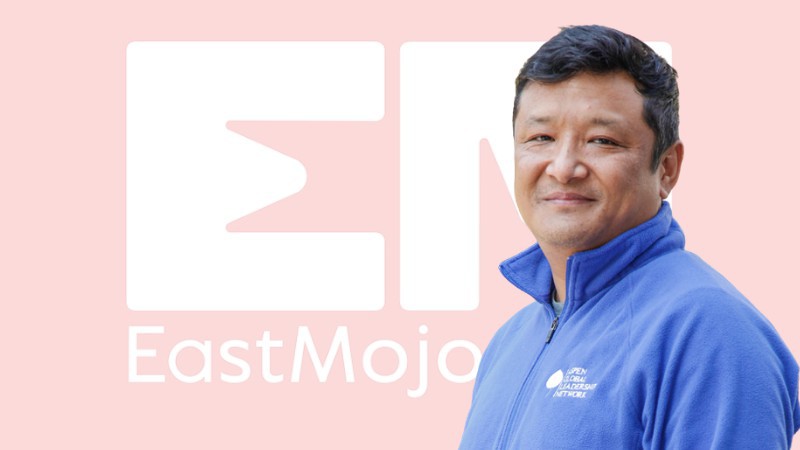
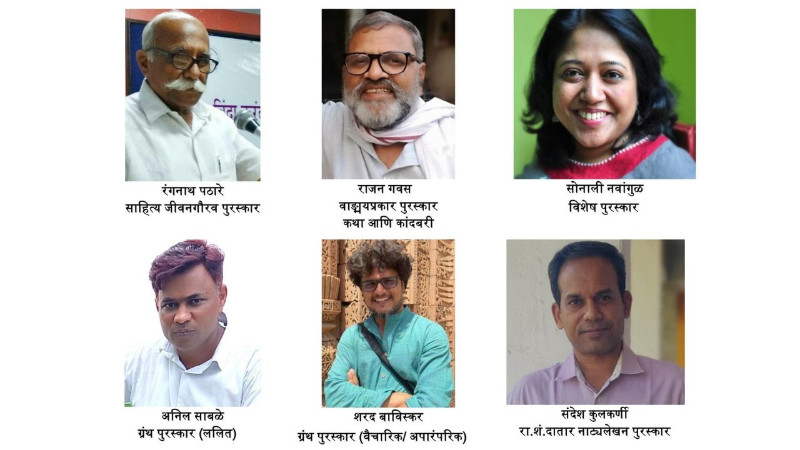
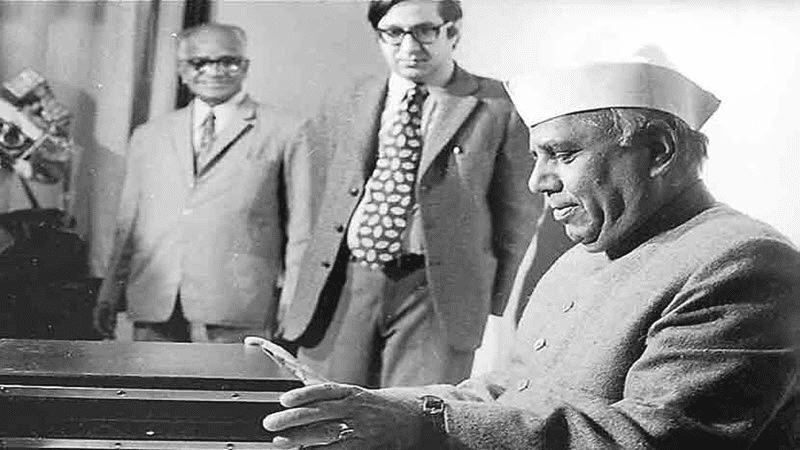
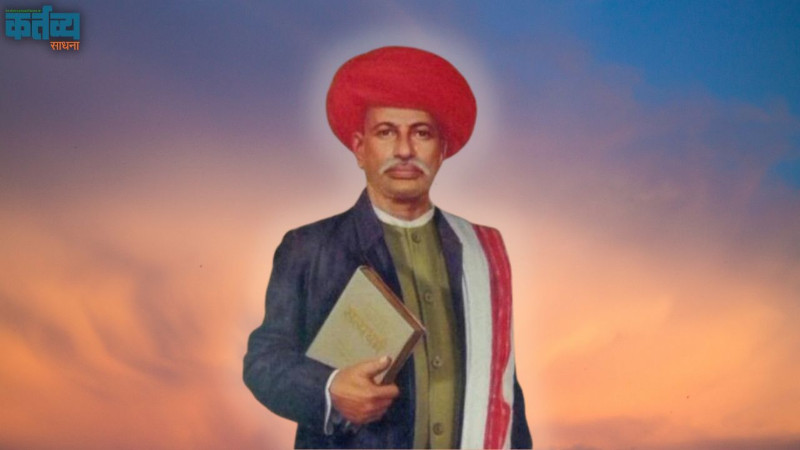
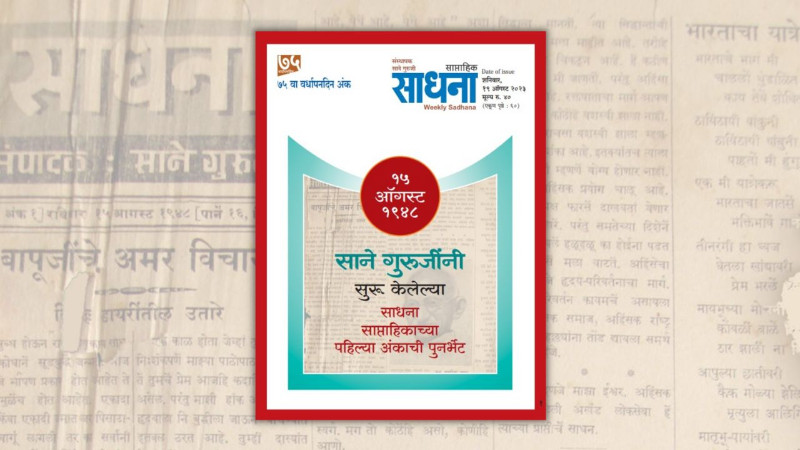
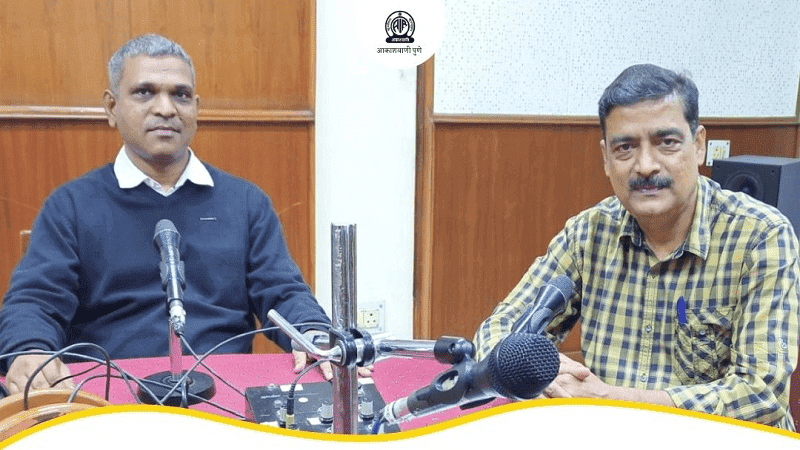
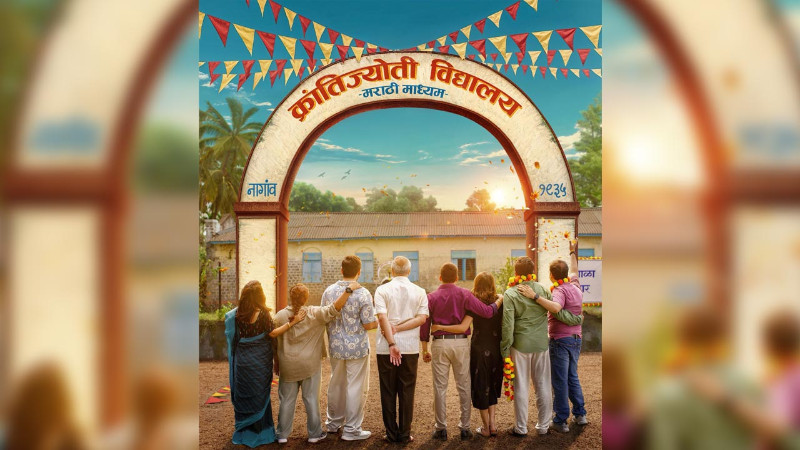
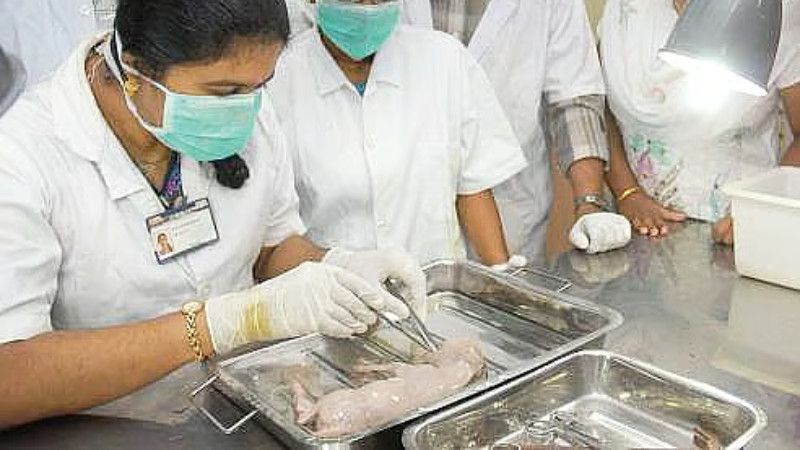
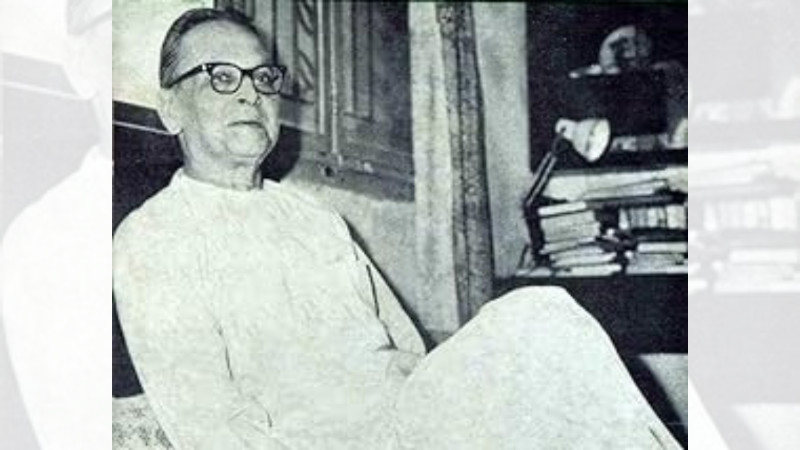
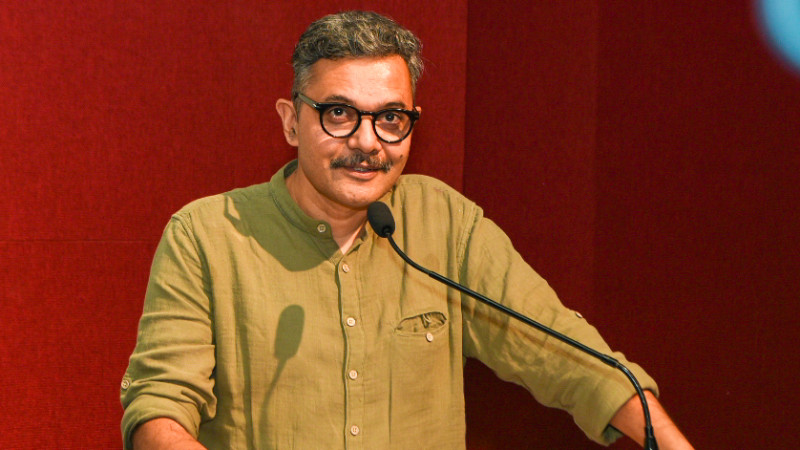
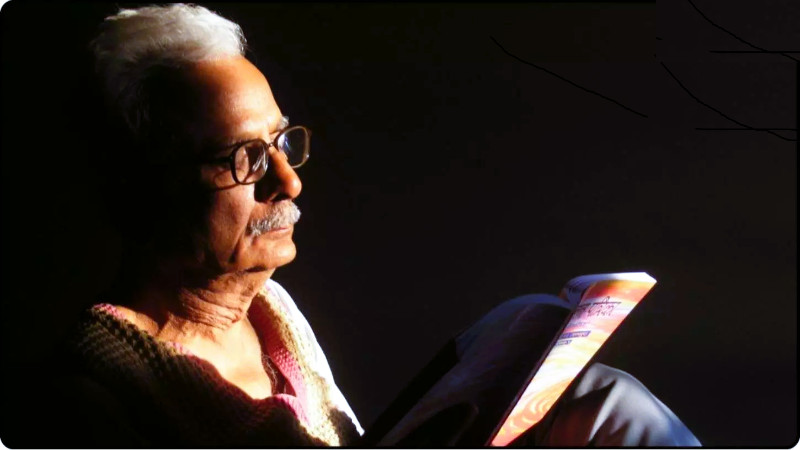
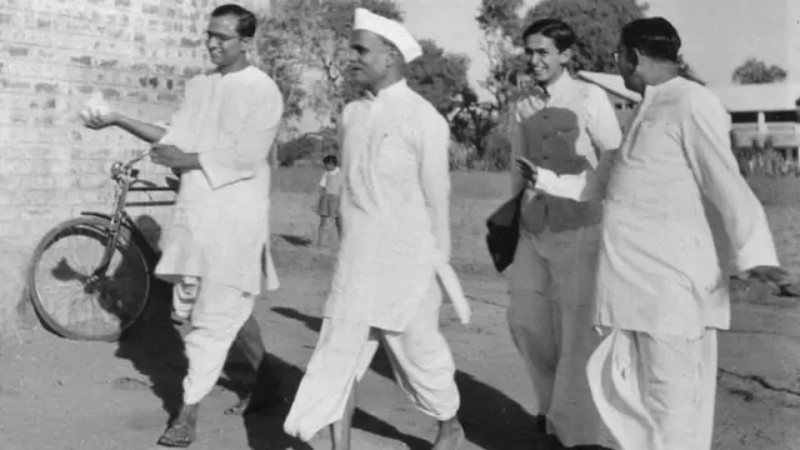
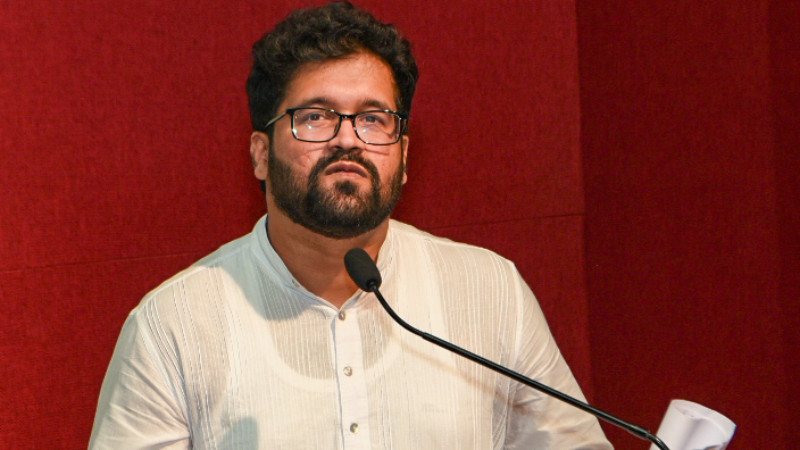
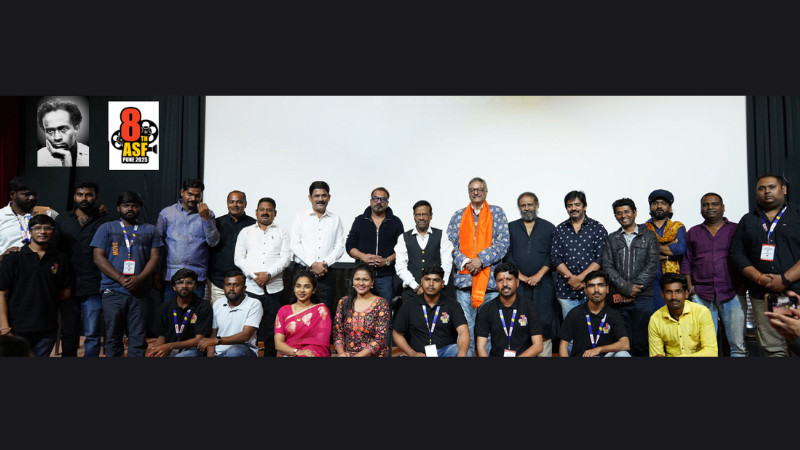

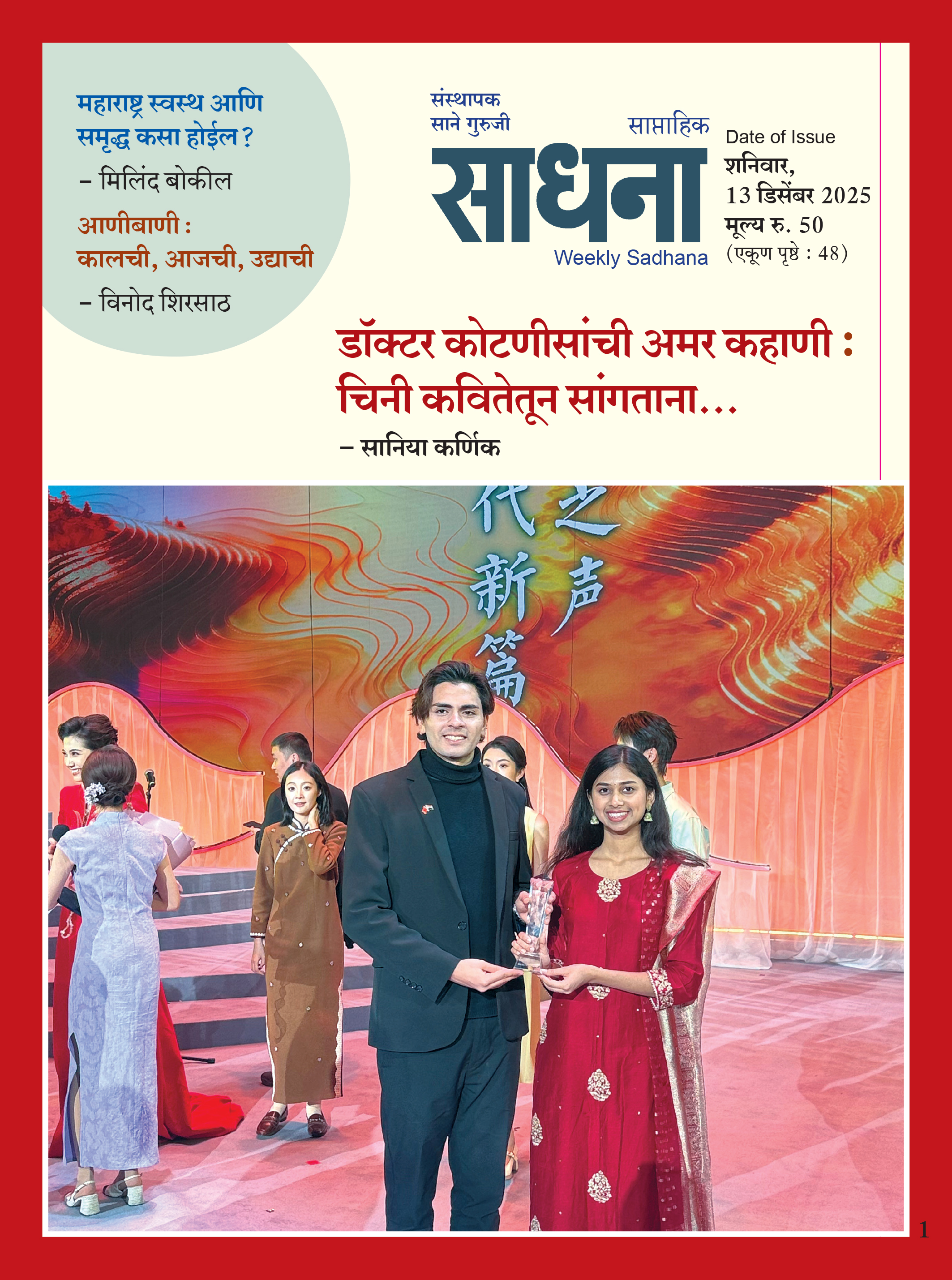













Add Comment